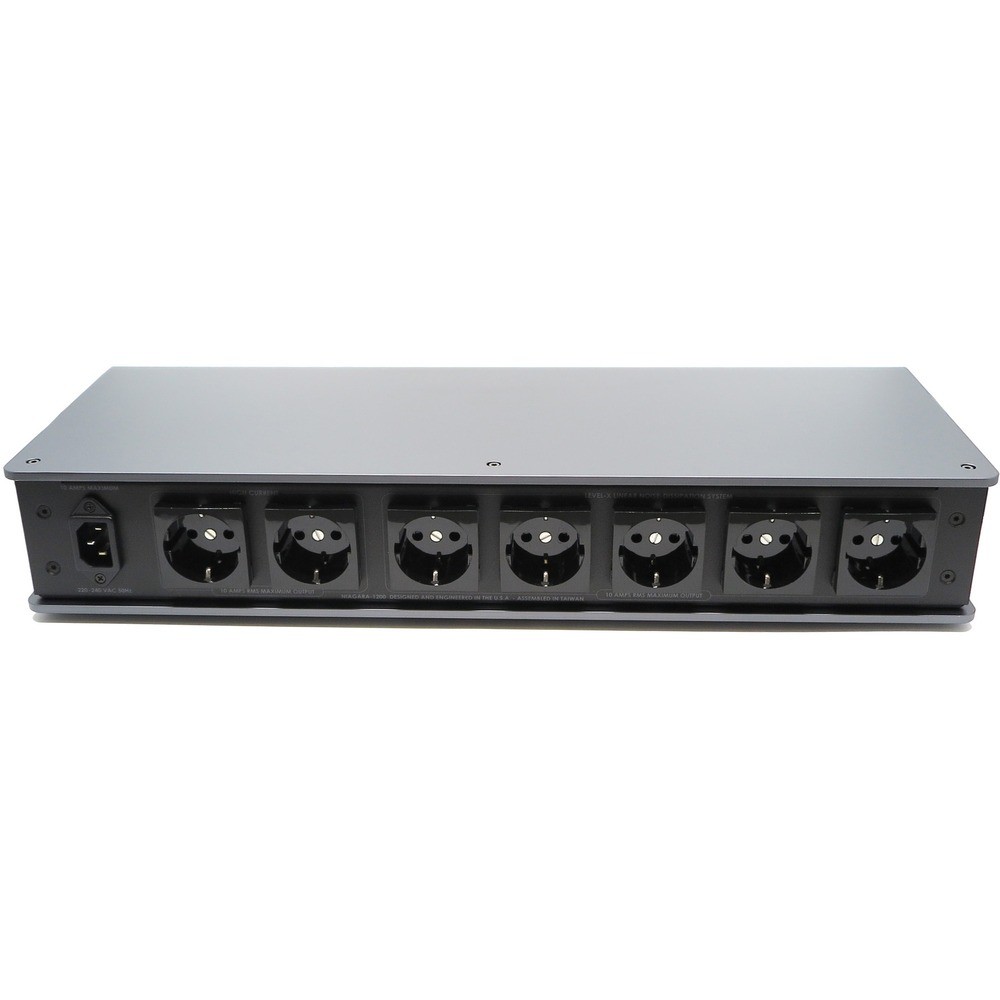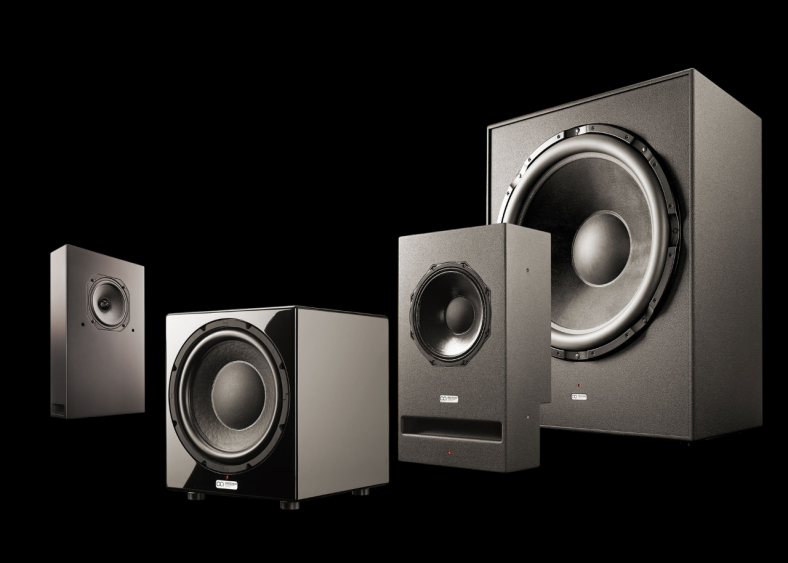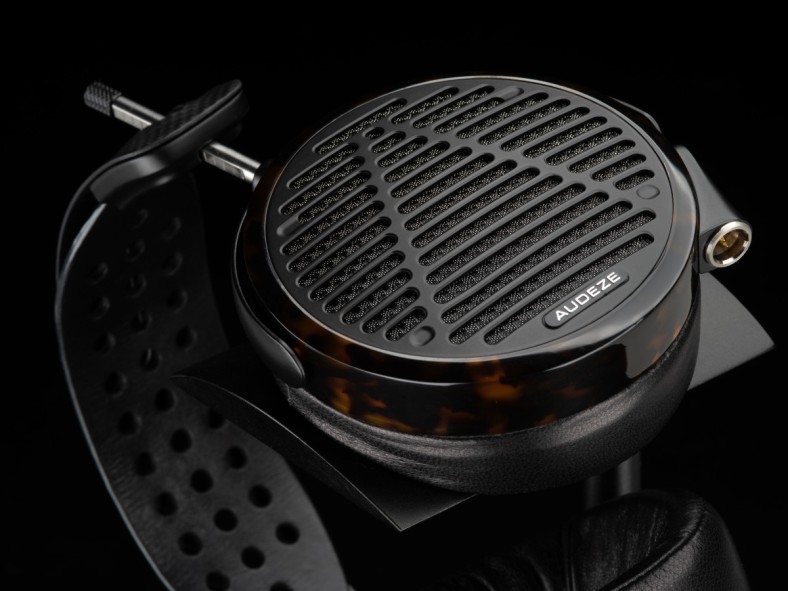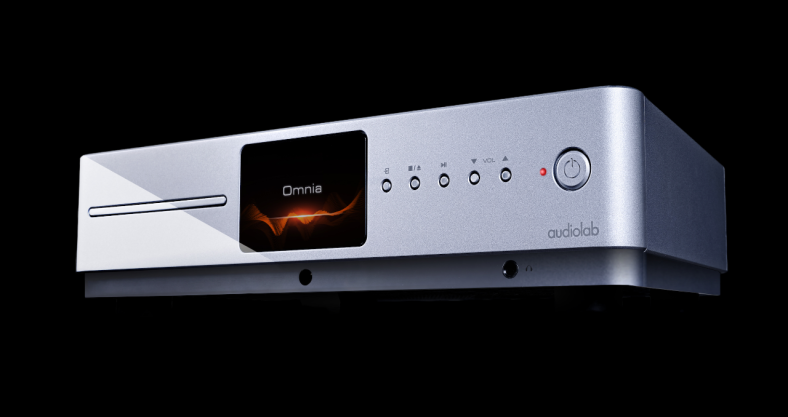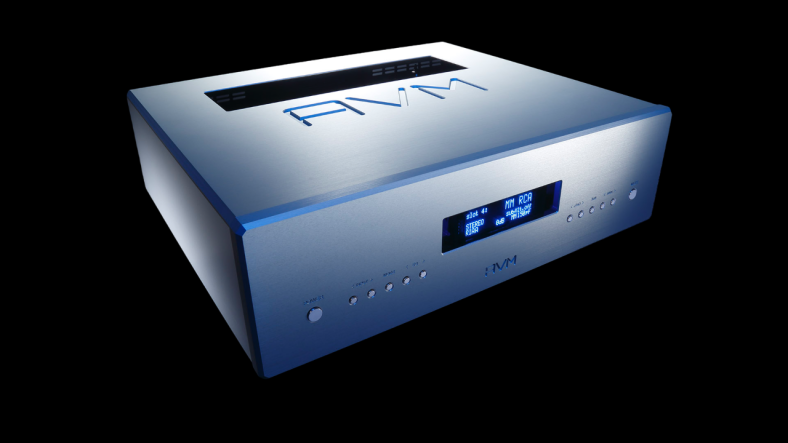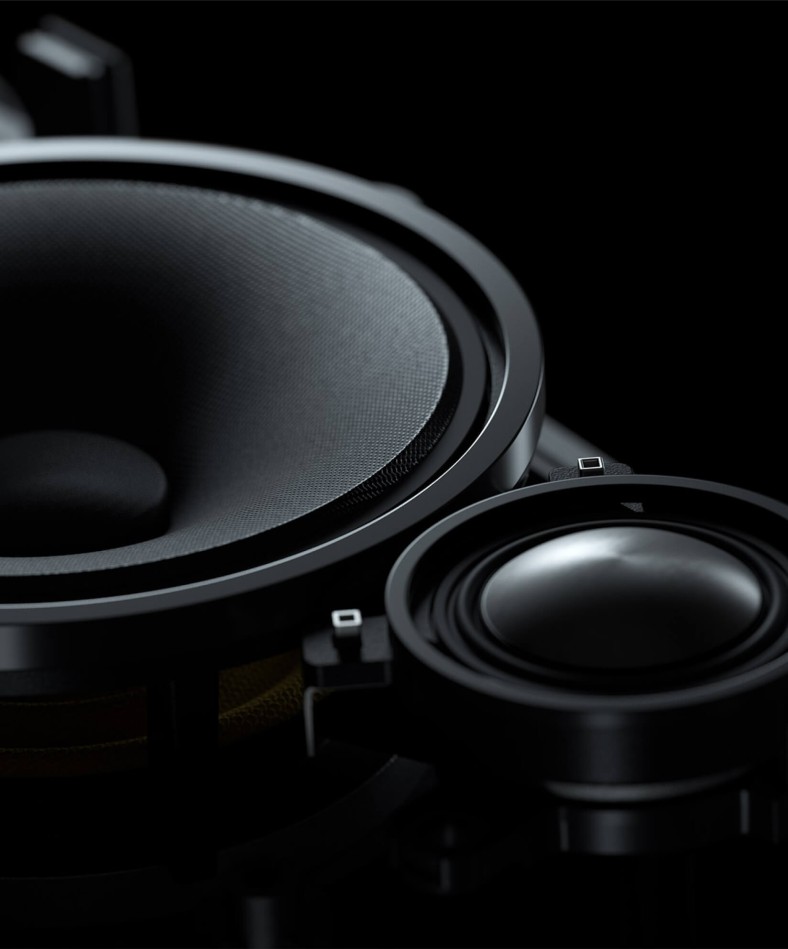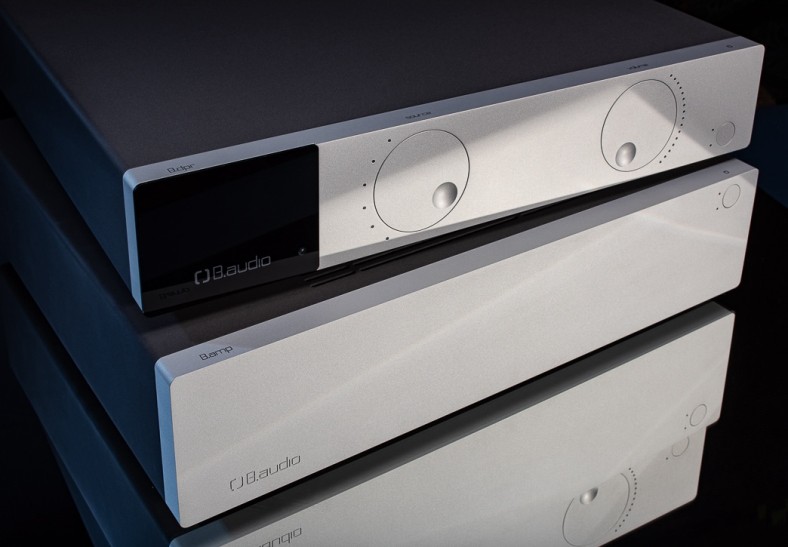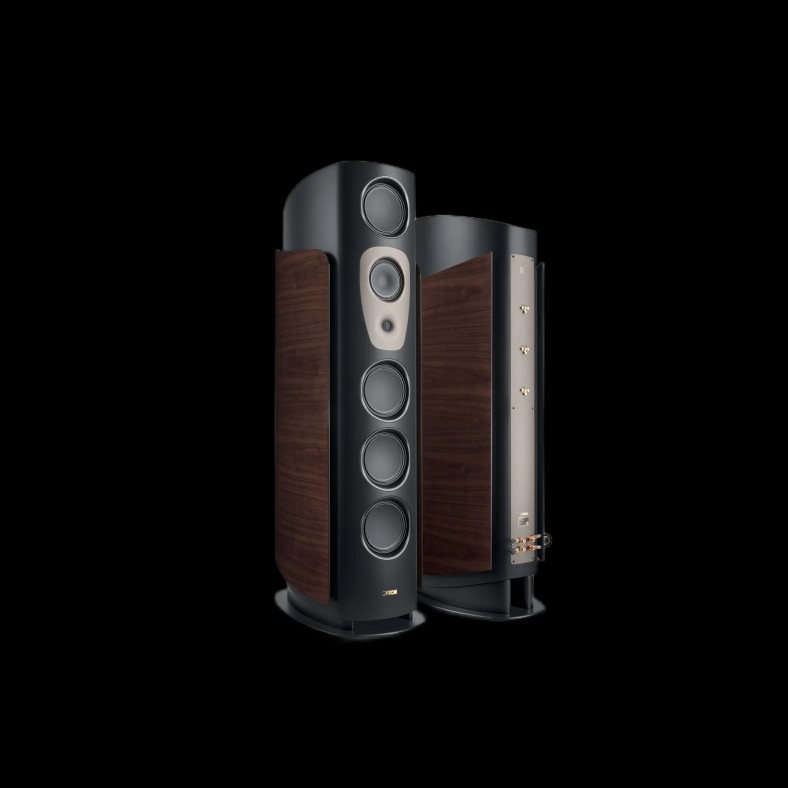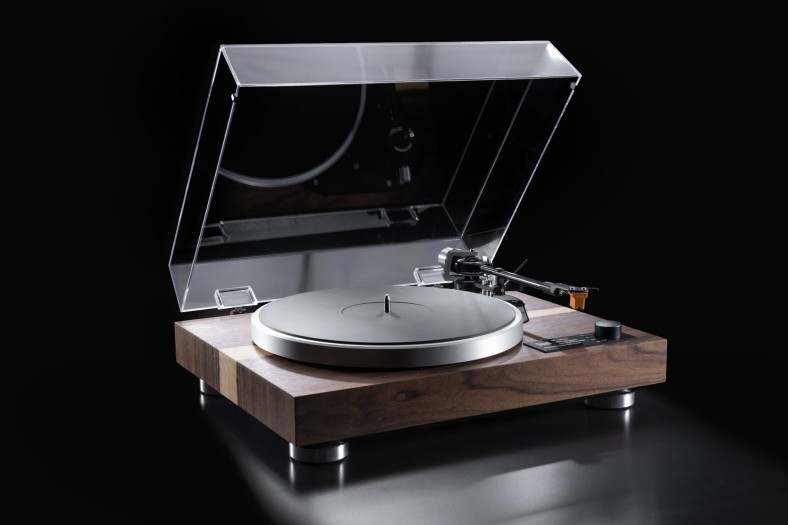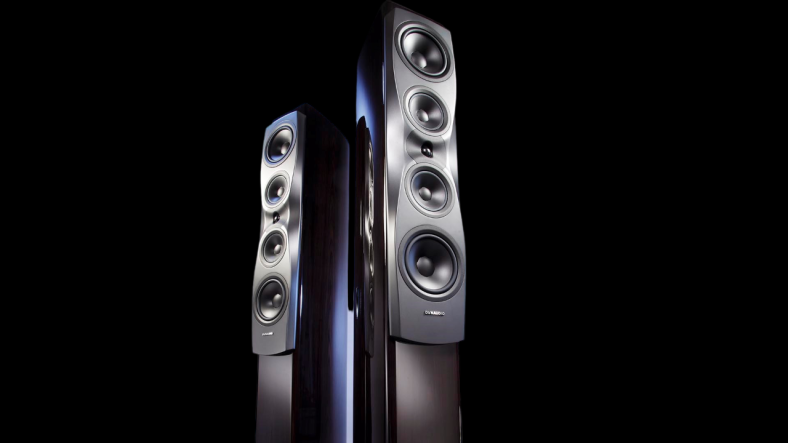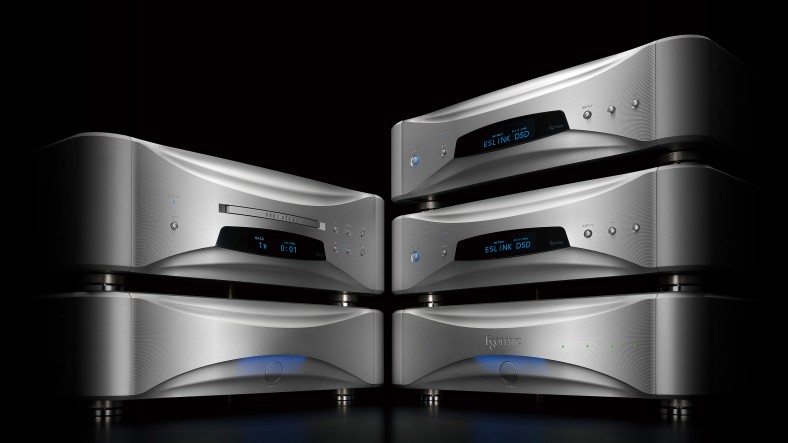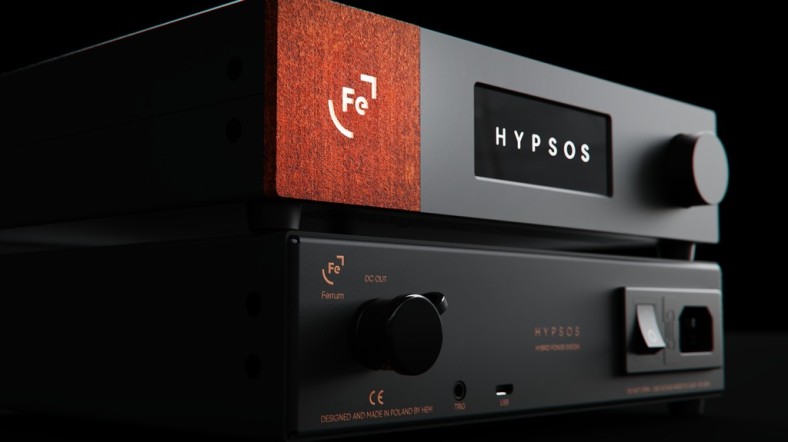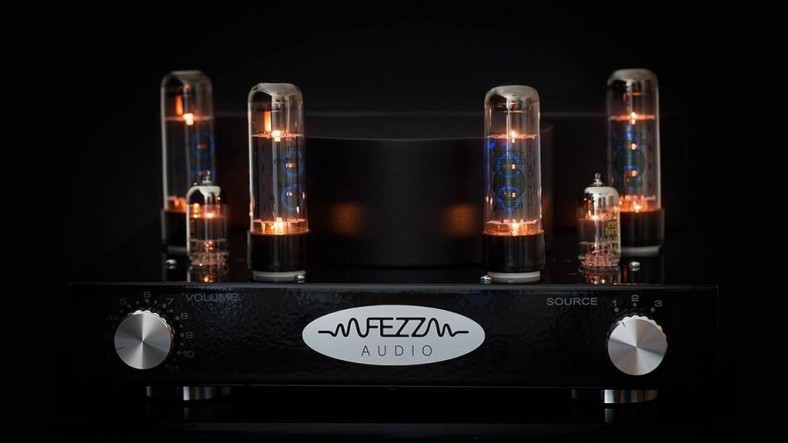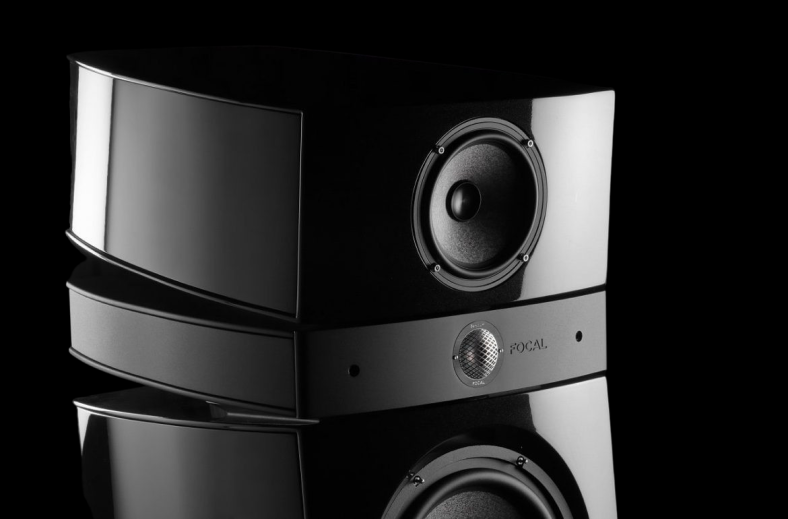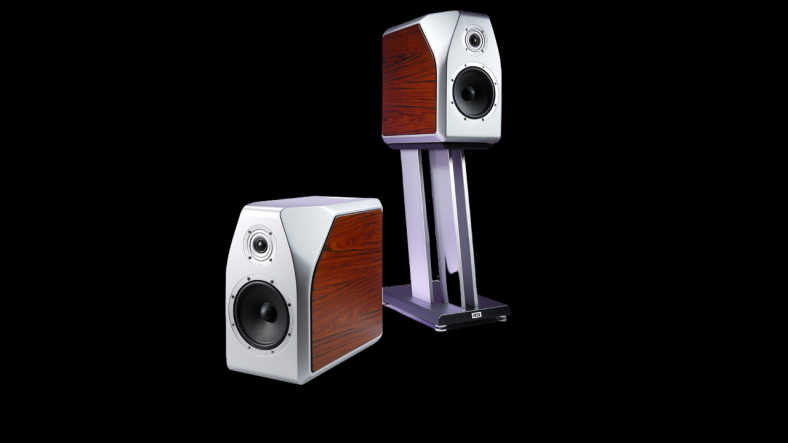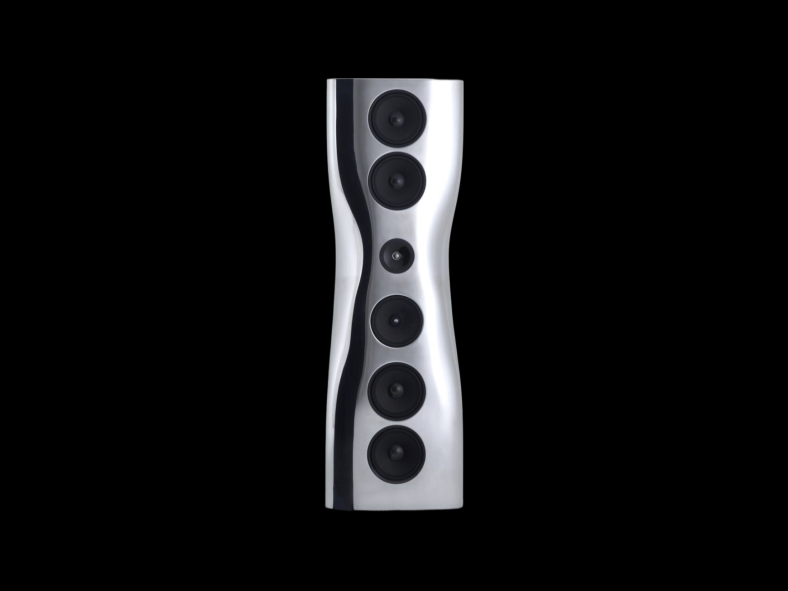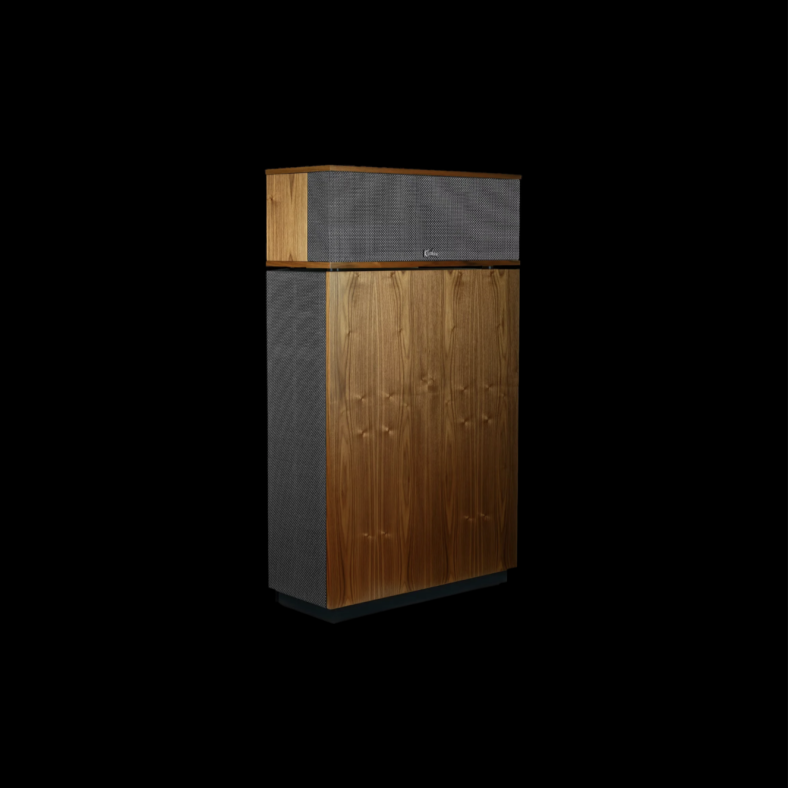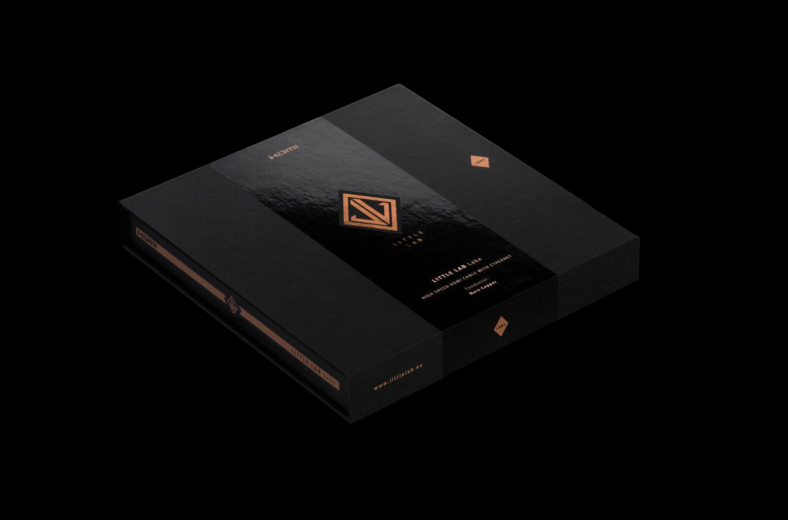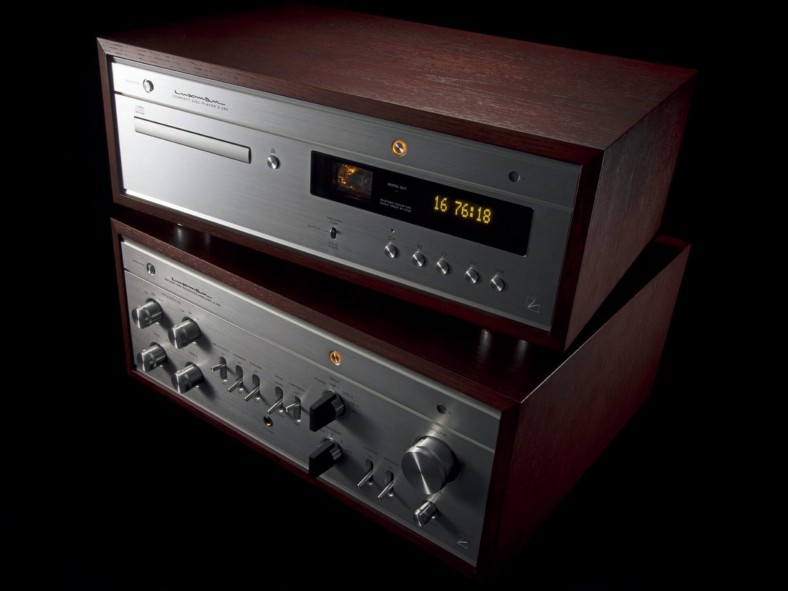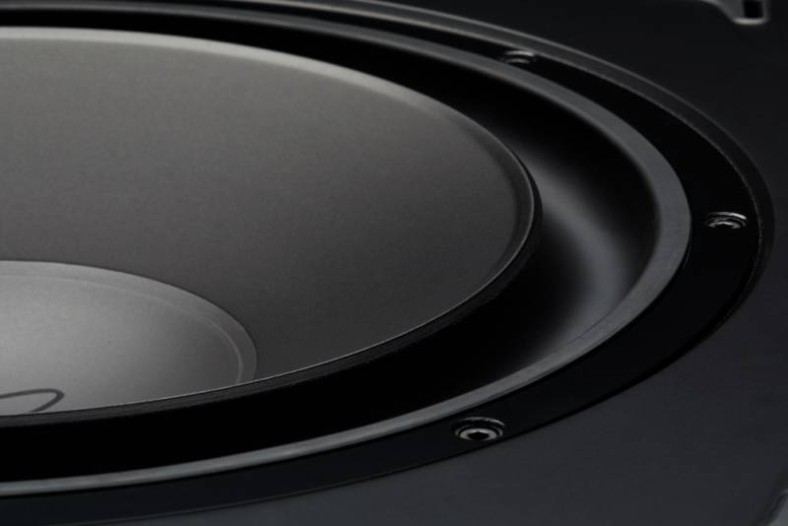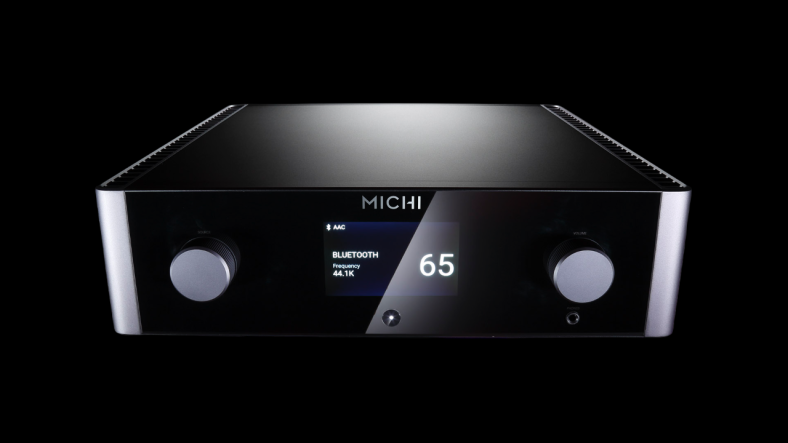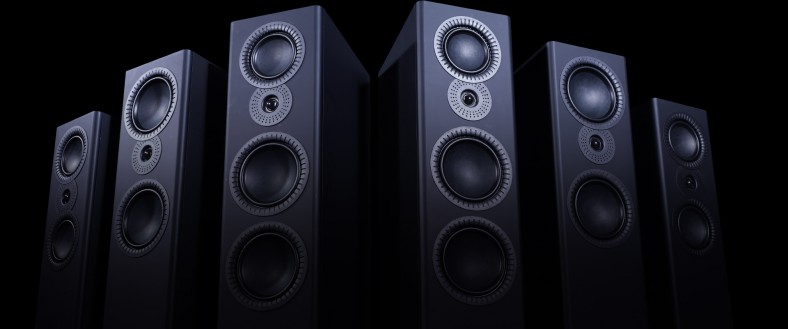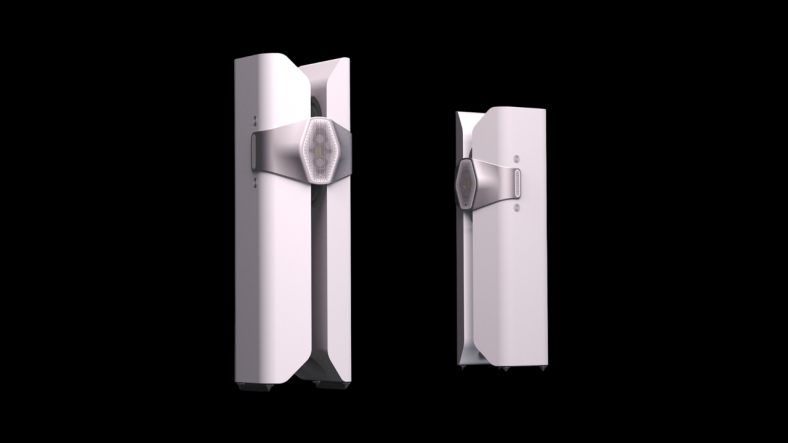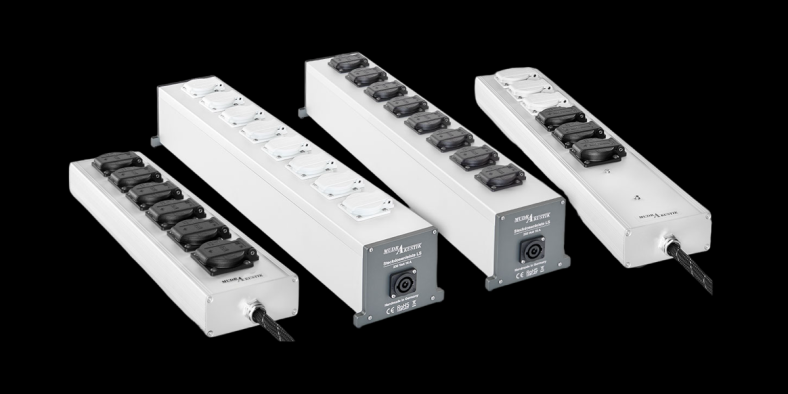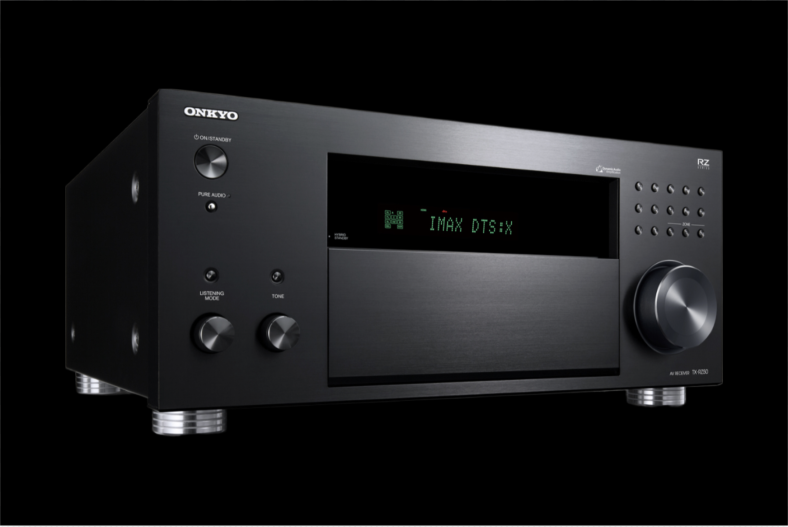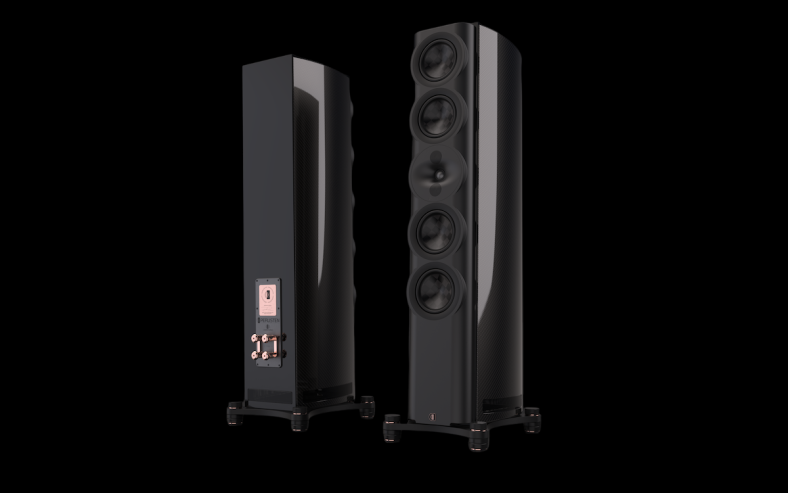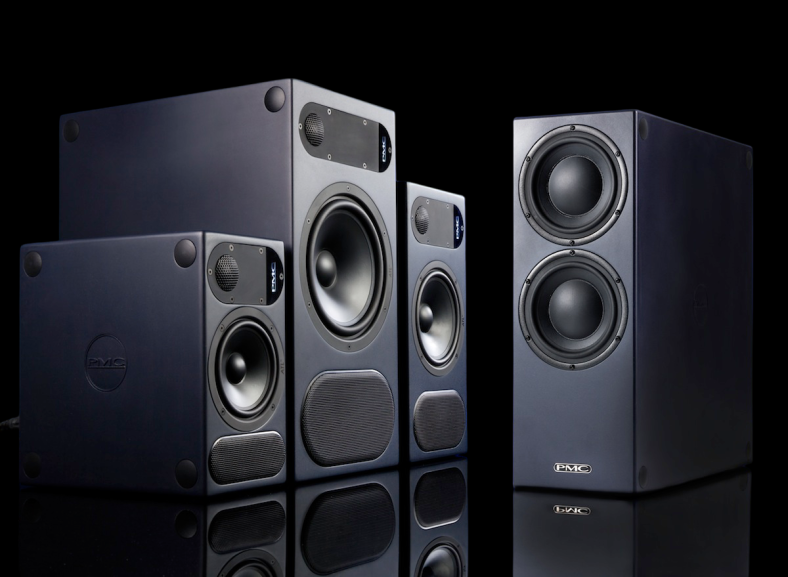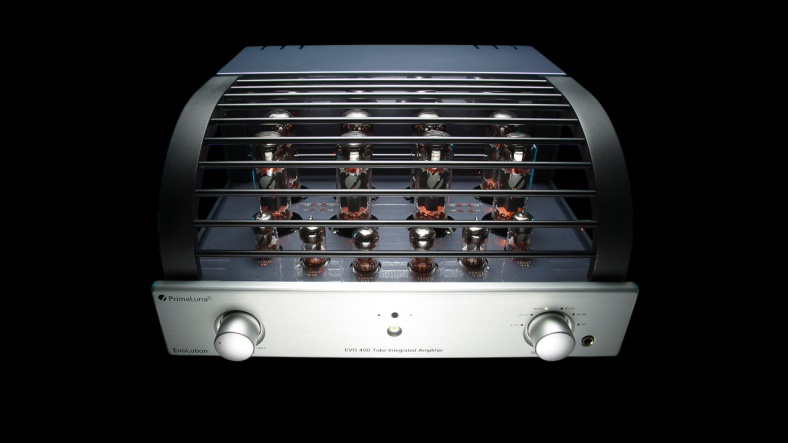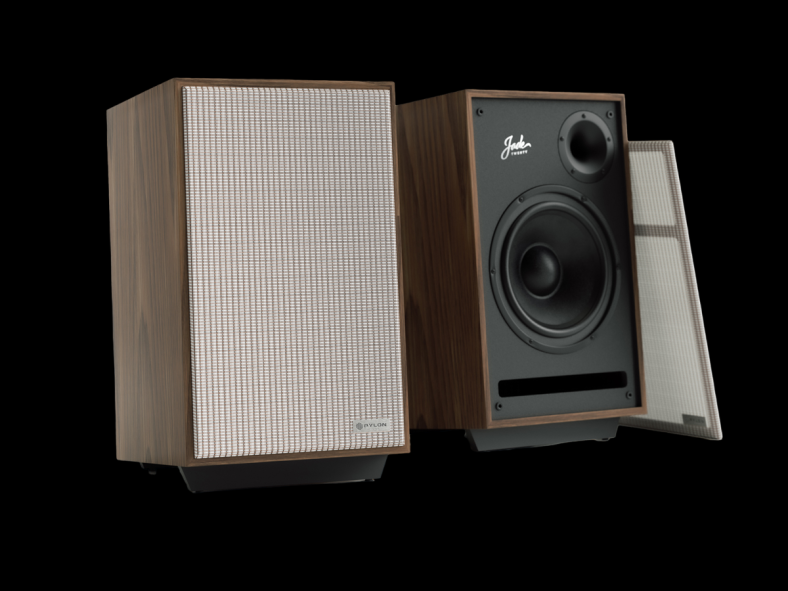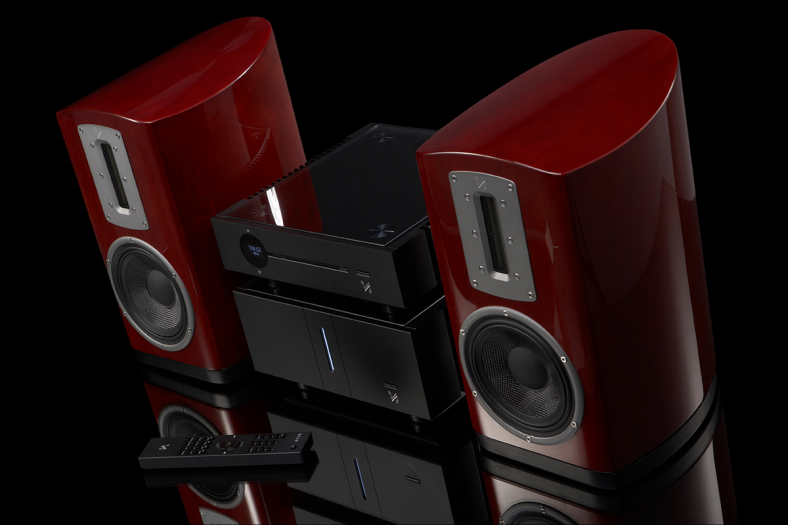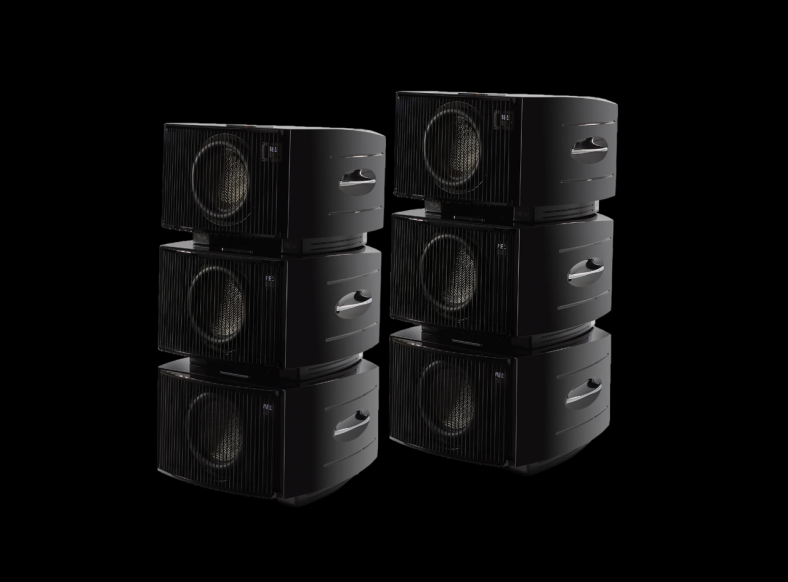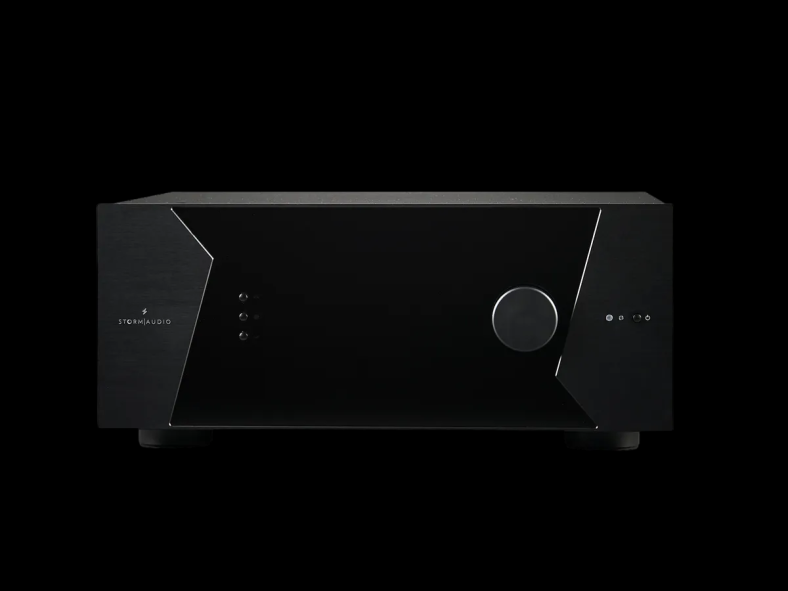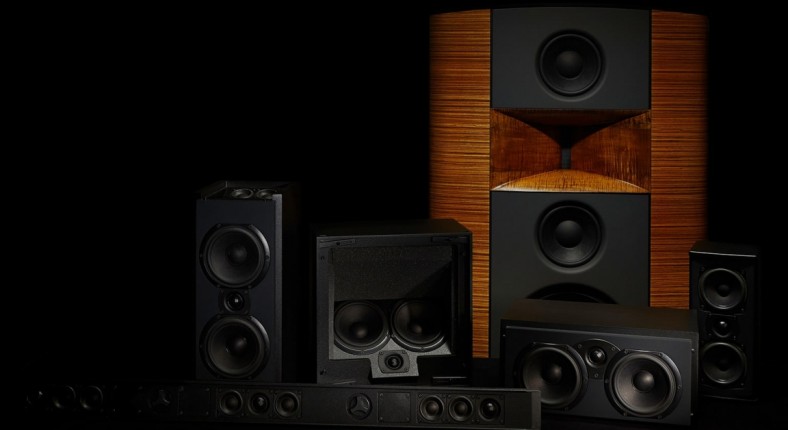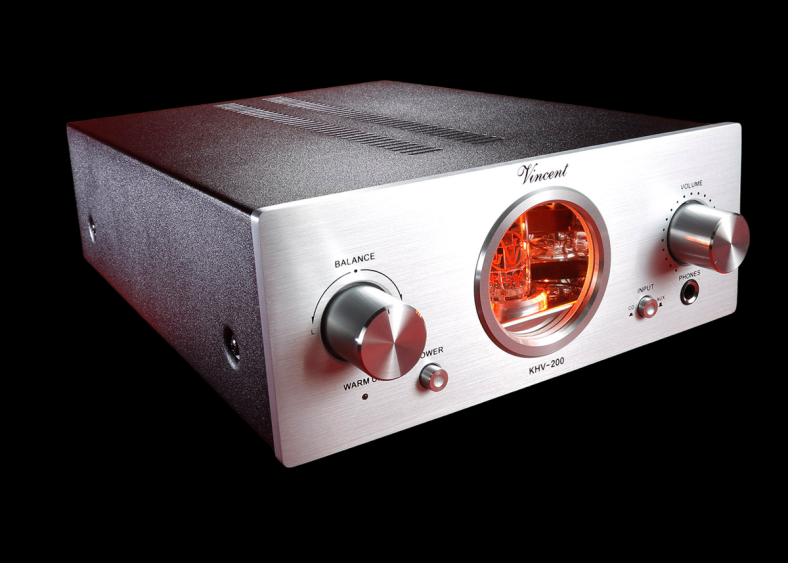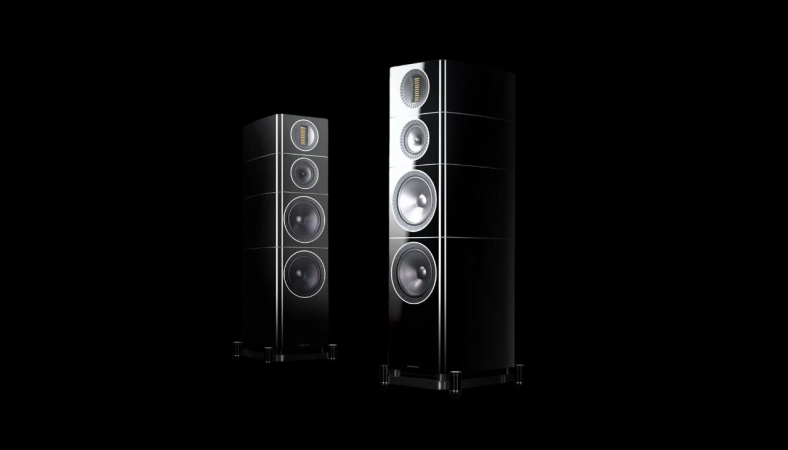The American company AudioQuest was founded by Bill Low in 1980. Beal became interested in radio engineering in school, where he built his own amplifiers from Heathkit and Dynakit parts and sold them to his classmates.
After working in the audio business for six years after college, Bill realized the benefits of custom cables and decided to make them himself. Already in 1978, he ordered a self-designed cable with 435 cores for each of the two conductors, which clearly “outperformed” the Fulton Gold speaker cable, which was considered the best at that time. It had a spiral design and isolated individual cores.
The evolution of AudioQuest cables has occurred gradually throughout the company's history, but some of the founding principles remain steadfast from the beginning to this day. These basic principles were developed based on empirical experience rather than abstract theoretical reasoning. In 1987, Bill published the first article entitled “Cable Design; Theory versus Empirical Reality" - "Cable Design: Theory and Empirical Reality", where he outlined his principles.
The Four Elements The foundation on which AudioQuest cables are built includes the following four basic design and manufacturing “elements.”
Solid (monolithic) conductors The interaction of individual conductors is one of the main causes of signal distortion in cables. Semi-monolithic concentrically packed conductors avoid many of the distortions that occur when individual wires interact. And solid conductors can completely solve this problem.
Metals of the highest quality. To achieve the best cable performance, high quality metal conductors are critical. Note that only on the surface of the conductor the current density at all frequencies is 100%. Therefore, the smoothness of its surface is of paramount importance, since it is the surface layer that directs the flow of energy along the conductor. The best copper and silver conductors feature longer crystals with fewer boundaries between them, as well as low oxygen content for low distortion and high signal quality.
Cable geometry. Geometry is the physical distribution of conductors within a cable. It is this that determines its basic electrical parameters. Different applications place different demands on cable geometry. Due to more advanced geometry, distortion can be reduced.
Dielectric (insulation). Insulation is necessary to separate the positive and negative conductors and to maintain cable geometry stability. Insulation is also the “dielectric” that is affected by the electromagnetic field of the conductor. Dielectrics absorb energy, which is then released with a delay, causing signal blur and distortion. The best insulation absorbs less energy and reduces such distortion. AudioQuest suppresses such distortion using the proprietary Dielectric Bias System (DBS), a system that applies bias voltage to the dielectric.
By the end of 1980, Bill was successfully selling his LiveWire cable to forty-two dealers in Southern California. Without a formal business plan and with just a few hundred dollars in the bank, Bill founded AudioQuest, and in 1981 managed to expand distribution throughout the United States and then to all continents.
For more than 30 years, AudioQuest is a leading supplier of high-quality audio and video cables and accessories.
AudioQuest today
Today AudioQuest produces a wide range of products - not only all kinds of cables and accessories for them, but also USB DACs for mobile devices, filters, network conditioners, and, more recently, headphones. AudioQuest's continued success stems from the evolution of existing approaches and a refusal to rest on its laurels. AudioQuest's ideals are attracting more and more new fans, people with a passion for learning and curiosity who want to join AudioQuest in the never-ending quest for better sound quality and lower distortion.
